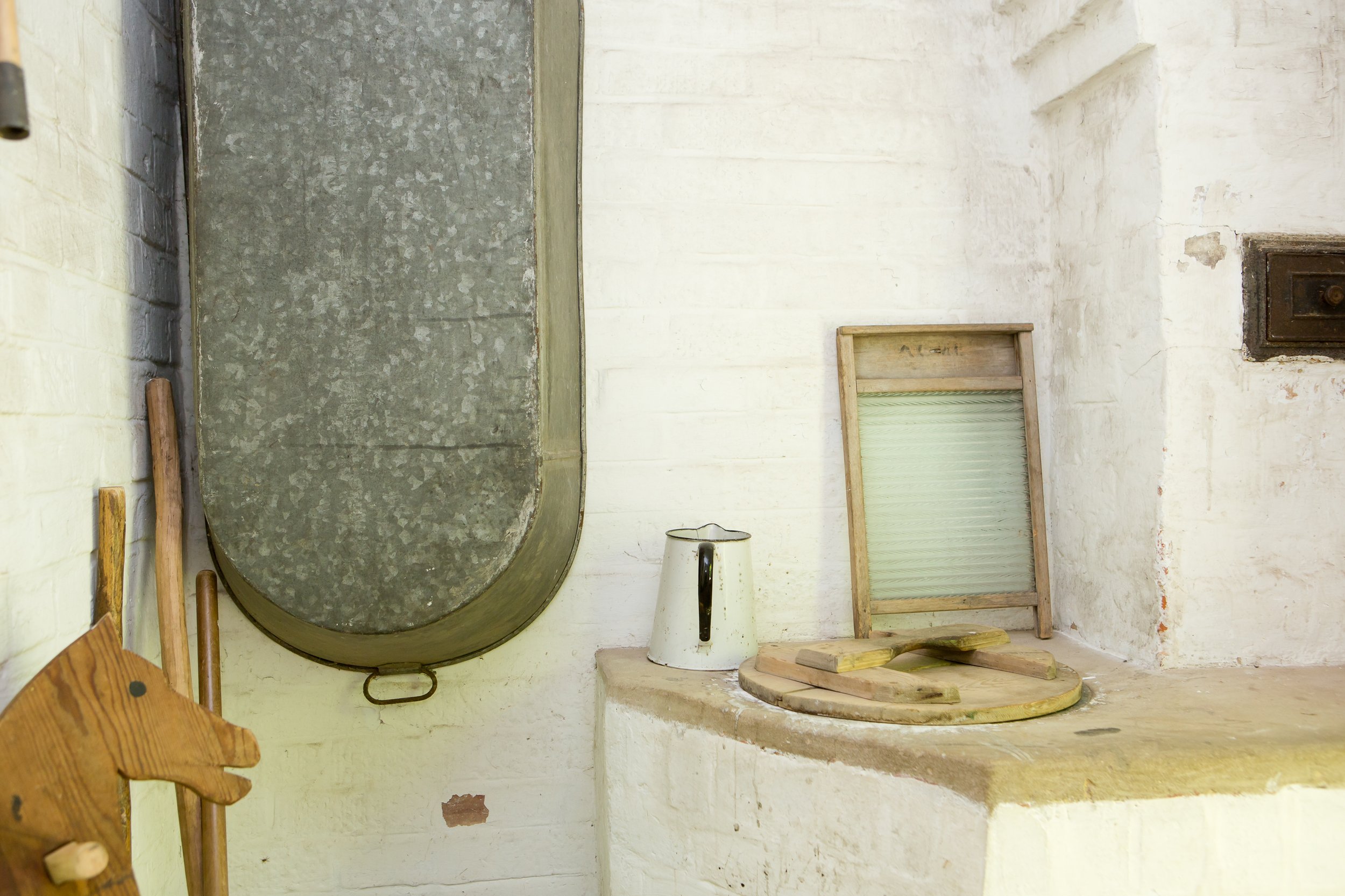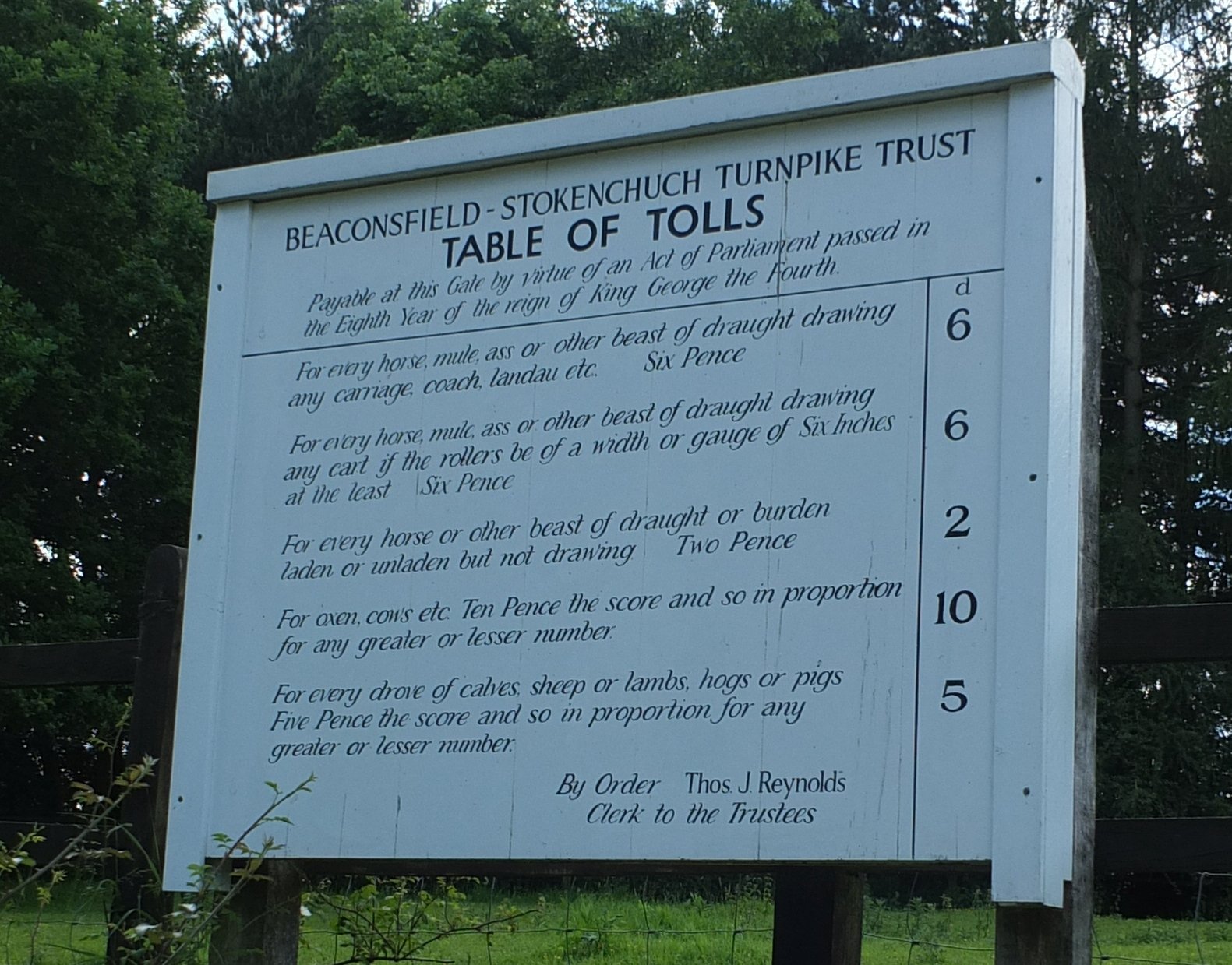A Late Georgian Toll House
The toll house was originally built in 1826 for the Collector of Tolls on the London to Oxford road at High Wycombe. It’s a tiny house, but was home to a family of five in the 1840s.
The History of the Toll House
During the late Georgian and early Victorian eras, the toll house served a vital role in facilitating safe road conditions for the bustling traffic of horse-drawn coaches, transporting passengers, Royal Mail post, and local goods. Lord Carrington, the responsible landowner, constructed the toll house and appointed a toll collector to collect fees for a day ticket, contributing to road maintenance.
By 1867, the advent of railways led to a decline in road usage, prompting the cessation of toll collection. Subsequently, the toll house transitioned through various roles, becoming a labourer's dwelling under the Carrington estate. Over time, it served as storage for groundsmen's equipment and, in the interwar period, functioned as a workshop for crafting chairs.
Find out more about the history of our toll house
The Story Behind the Toll House at the Museum
Donated by the High Wycombe Sports Club due to extensive damage from a lorry collision and unsuccessful restoration attempts on its original site, the toll house found a new life at our museum. In a collaborative effort, dedicated volunteers undertook the meticulous dismantling of the toll house during the winter of 1977-78.
The restoration journey spanned from 1983 to 1990, involving skilled contributions from Lovell Construction, Taylor Woodrow apprentices, and our committed volunteers. This collaborative endeavor successfully brought the toll house back to its former glory, preserving its historical significance for future generations to explore and appreciate.
Inside the High Wycombe Toll House
Step into the toll house and journey back to the 1860s, the last era when tolls were collected. The modest three-roomed house showcases the daily life of a toll collector, featuring an office-cum-living room, a bedroom, and a kitchen. For added security in an era where toll keepers faced risks from thieves, iron bars adorn the windows, and folding shutters provide protection.
The toll house was built at the Museum over 30 years ago and is currently undergoing some conservation work to ensure we can keep it on display for another thirty years.
Help Support Funding Applications for the Toll House
Our toll house is in need of extensive conservation work and we are currently in the process of applying for funding for this work. You can help support our funding application by commenting in the form below about what our toll house means to you, what you like about it, and how you would like it returned as a display building.







